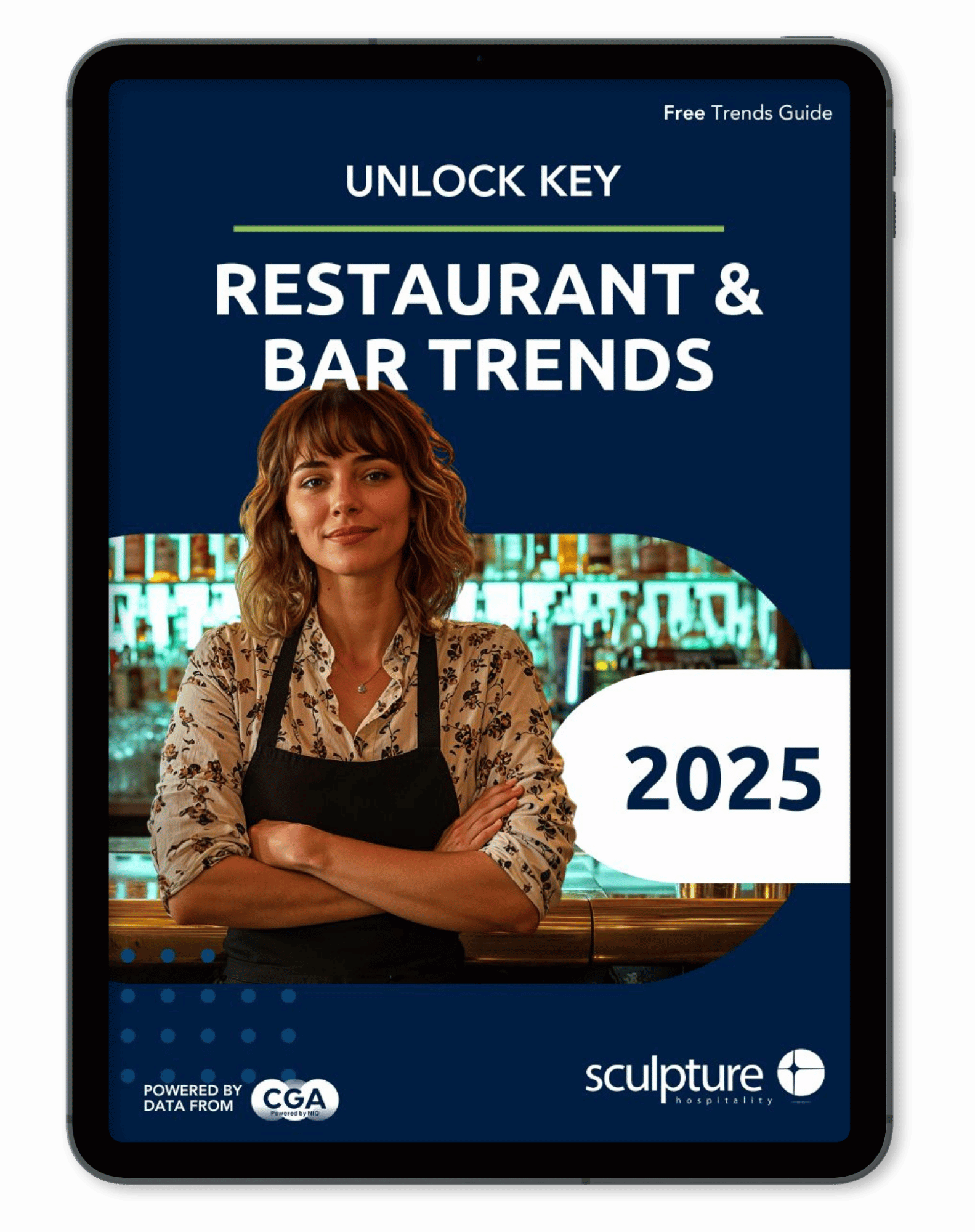Running a restaurant is like conducting an orchestra. Every single piece of your business needs to be perfectly in tune to ensure your venture has long-term profitability.
One of the most important aspects for your profit margins is controlling your costs, and labour costs are one of the most expensive outlays your business has.
No matter how talented your team is, if your labour costs are out of tune, it can hit your bottom line hard. If you’re not carefully balancing wages with revenue, things can spiral out of control quickly.
That’s why understanding, calculating, and controlling your labour cost is essential. To help you do just that, in this blog, we’ll break down how to calculate restaurant labour costs and share some effective strategies to manage them efficiently.
What is Restaurant Labour Cost?
Restaurant labour costs include everything you spend on your staff, from hourly wages to benefits, payroll taxes, and any additional compensation like bonuses or overtime. It’s one of the largest expenses for any restaurant, right behind food cost.
When we talk about labour costs, we’re not just focusing on your kitchen team or servers. It includes every person your business employs, from your front-of-house staff to the back-of-house crew. Getting a clear view of these costs - alongside your food cost and beverage cost - is crucial if you want to keep your restaurant profitable.
How to Calculate Your Restaurant Labour Cost Percentage
Calculating your labour cost percentage is essential for understanding how much of your revenue is going toward paying your staff. Luckily, the calculation is pretty straightforward, and you can do it in three simple steps:
- Total up Your Labour Costs for a Specific Period of Time: Add all wages, salaries, payroll taxes, and benefits for a specific period (usually monthly).
- Determine Your Total Sales for the Same Period: This will be your gross sales for that timeframe.
- Use this simple formula:
(Total Labour Costs for the Period ÷ Total Sales for the Period) x 100.
For example, if your labour costs for the month are $30,000 and your total sales are $100,000, your labour cost percentage would be:
(30,000 ÷ 100,000) × 100 = 30%
This calculation means that 30% of your restaurant’s revenue is going toward labour.
What Should Your Restaurant Labour Cost Be?
So, now you know how to calculate restaurant labour cost - what should it actually be? This is difficult to answer, as the ideal labour cost percentage will vary depending on the type of restaurant you run, but we’ll give you a rough idea.
A quick-service restaurant will have different staffing needs than a fine dining establishment, for example. However, most restaurants aim to keep their labour costs between 25% and 35% of total sales.
Fine dining restaurants, which tend to have more staff and a higher level of service, often see labour costs closer to 35%. Meanwhile, fast-casual or quick-service spots may aim for the lower end of that range. If your labour costs are creeping higher than 35%, it might be time to reassess your staffing, scheduling, or wage structure.
5 Important Ways You Can Save on Restaurant Labour Costs
Managing labour costs doesn’t mean cutting corners - it’s about being smart with your resources. Here are five practical tips to help you save on labour costs without compromising service quality.
1 - Focus on Staff Retention
It’s no secret that high turnover can hurt your bottom line. Recruiting, training, and onboarding new staff takes time and money. By investing in employee retention, you can reduce turnover in your business.
Here are a few ways to improve retention:
- Offer Competitive Pay: Ensure your wages are fair and in line with the industry standard in your specific location.
- Foster a Positive Work Environment: Employees are more likely to stay if they enjoy where they work.
- Provide Growth Opportunities: Offer training and advancement opportunities to show your team they have a future at your restaurant.
2 - Minimize Overtime Where Possible
Overtime can quickly inflate your labour costs, so keeping it in check is crucial. Make sure you’re scheduling efficiently to avoid unnecessary overtime. While some extra hours are inevitable during busy periods, good planning can prevent it from becoming a regular expense. Consider using scheduling software to monitor employee hours and nip overtime in the bud before it happens.
3 - Optimize Staff Scheduling With Technology
We often hear a common theme from restaurateurs: scheduling can be a hassle. But with the right technology, it doesn’t have to be. Using scheduling software, you can track your busiest times and adjust staffing accordingly, ensuring you’re not overstaffing during slow periods or leaving yourself short-handed during a rush.
Advanced tools can even help you compare labour costs with expected sales, so you can make better, data-driven staffing decisions. The more integrated your technologies are, the better insights you’ll get to make data-driven decisions.
4 - Implement Staff Training and Cross-Training Strategies
Cross-training is a smart way to make your team more versatile. When employees can handle multiple roles, you have the flexibility to shift them where they’re needed most, reducing the need for extra staff during busy periods. For example, a server who’s trained to help out in the kitchen during rushes is a valuable asset.
Cross-training also helps you fill in gaps when someone calls out sick or takes time off, keeping your operation running smoothly without overstaffing.
For more information, check out our blog How to Train Restaurant Staff: Cross-Utilization.
5 - Hire Part-Time Help
While having a full-time team provides consistency, hiring part-time employees can help you manage fluctuating labour needs without overcommitting to full-time wages and benefits. Part-time help is especially useful during busy weekends, holiday seasons, or for special events.
Part-time hires give you the flexibility to bring in extra hands when you need them most - without breaking the bank on payroll.
Labour costs are, of course, just one part of the puzzle when it comes to operating a profitable restaurant. Others include inventory management, food costs, beverage costs, and so many others. If you’re feeling overwhelmed and have no idea how to start improving your profit margins, Sculpture Hospitality can help.
Our team of locally-based inventory management experts would be delighted to learn about your business and help you implement a plan that will cut your costs and drive up the profitability of your business. Reach out to us today.











